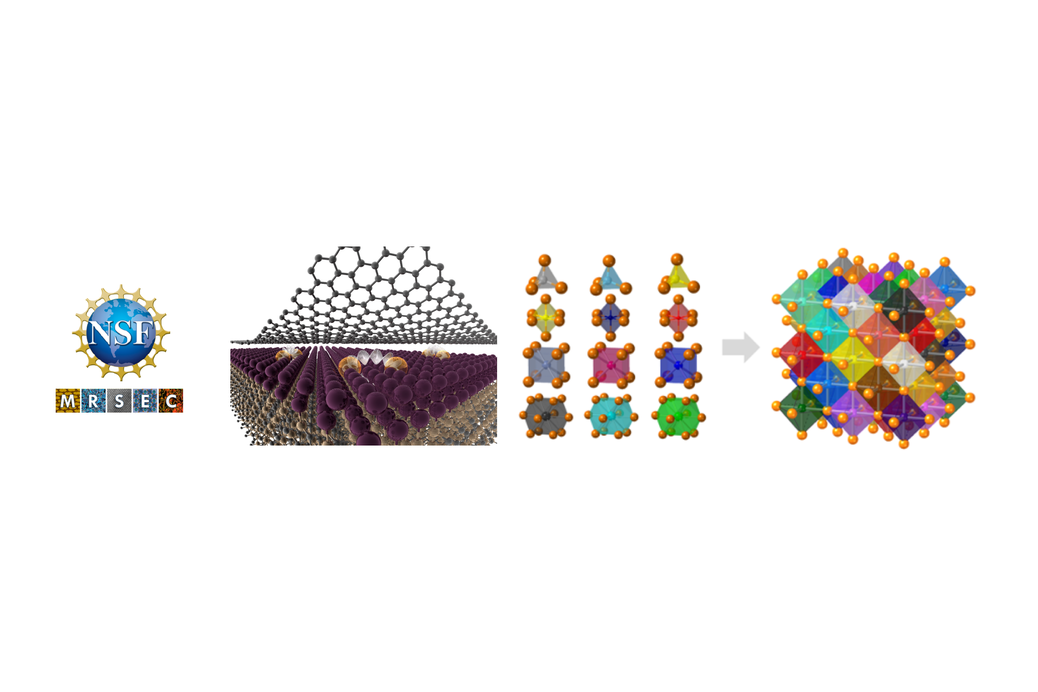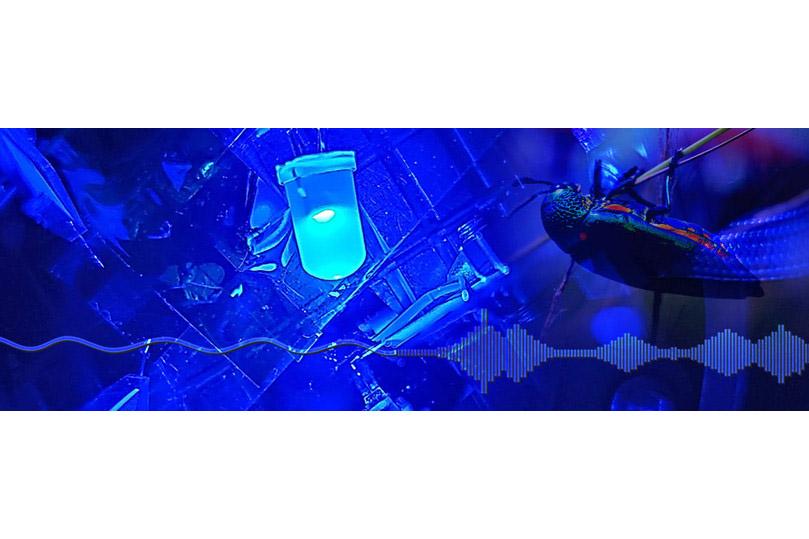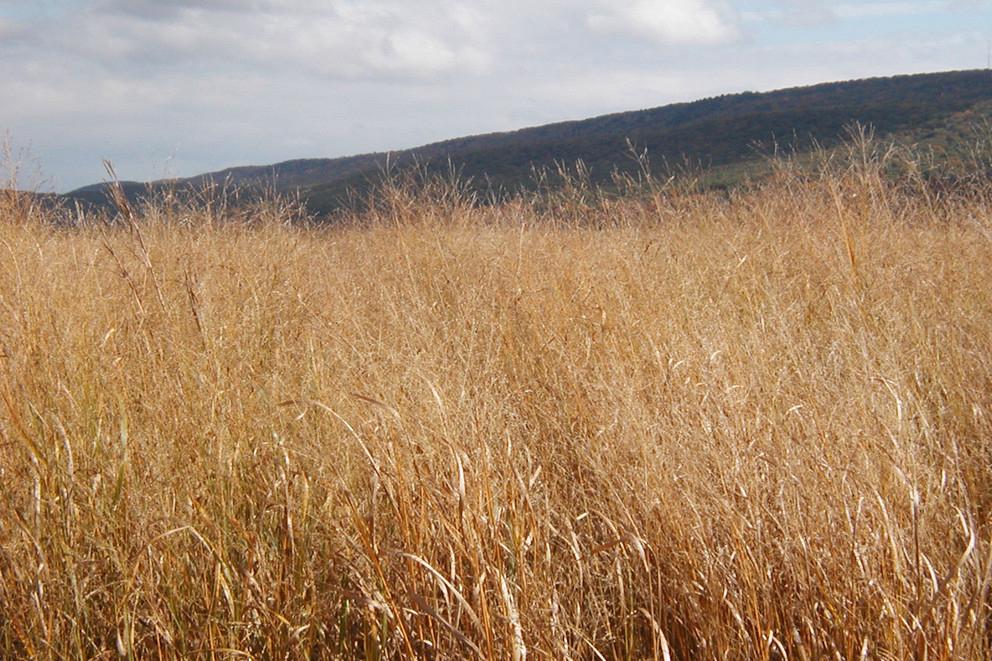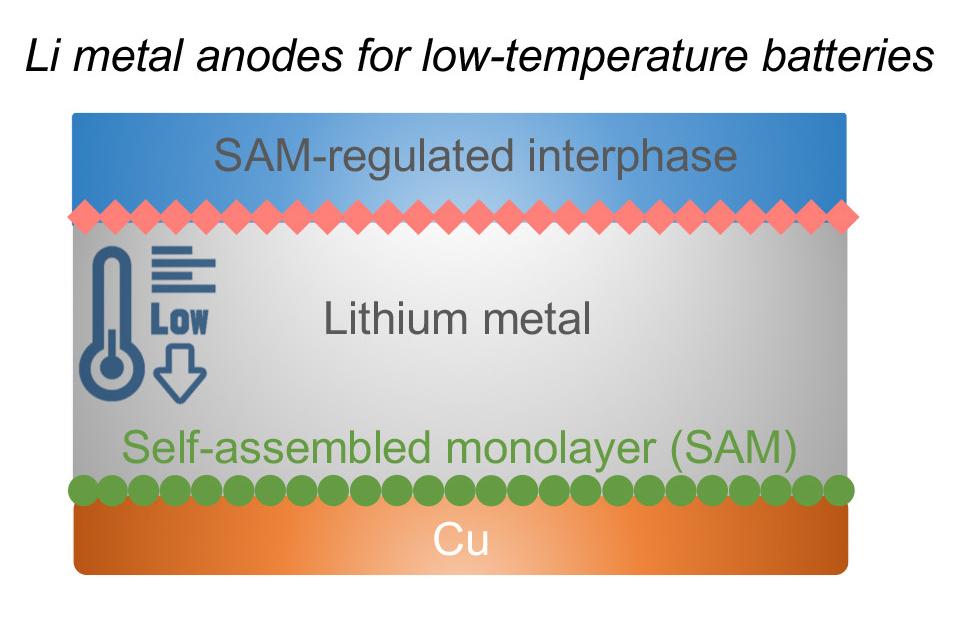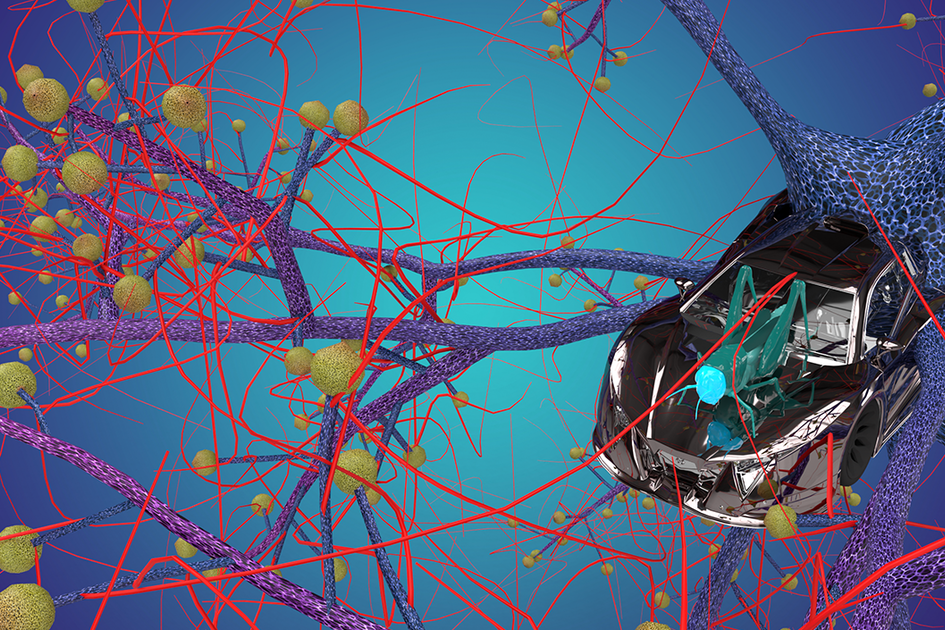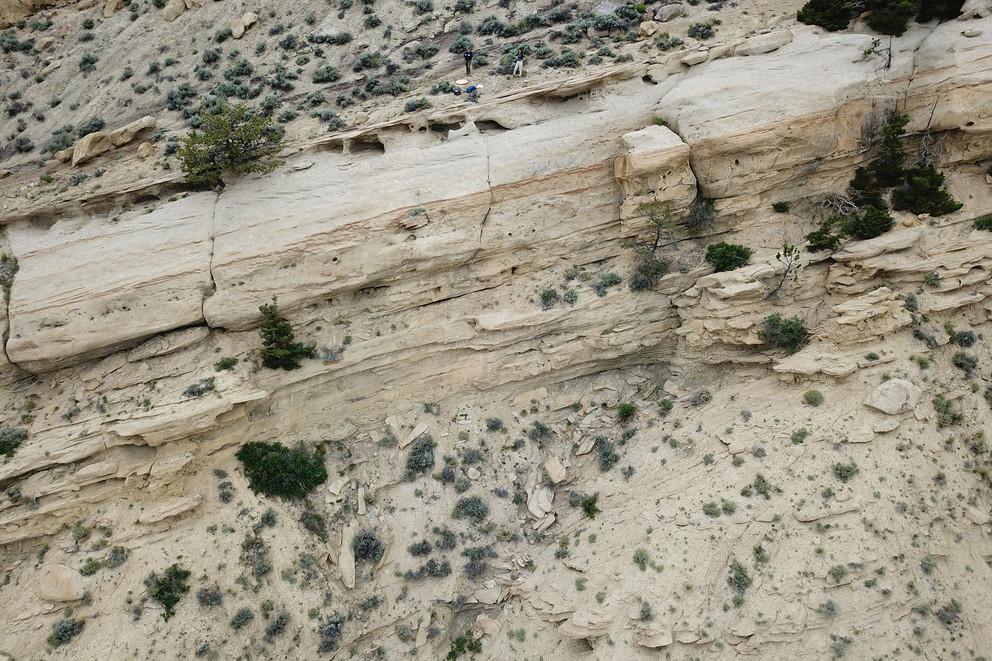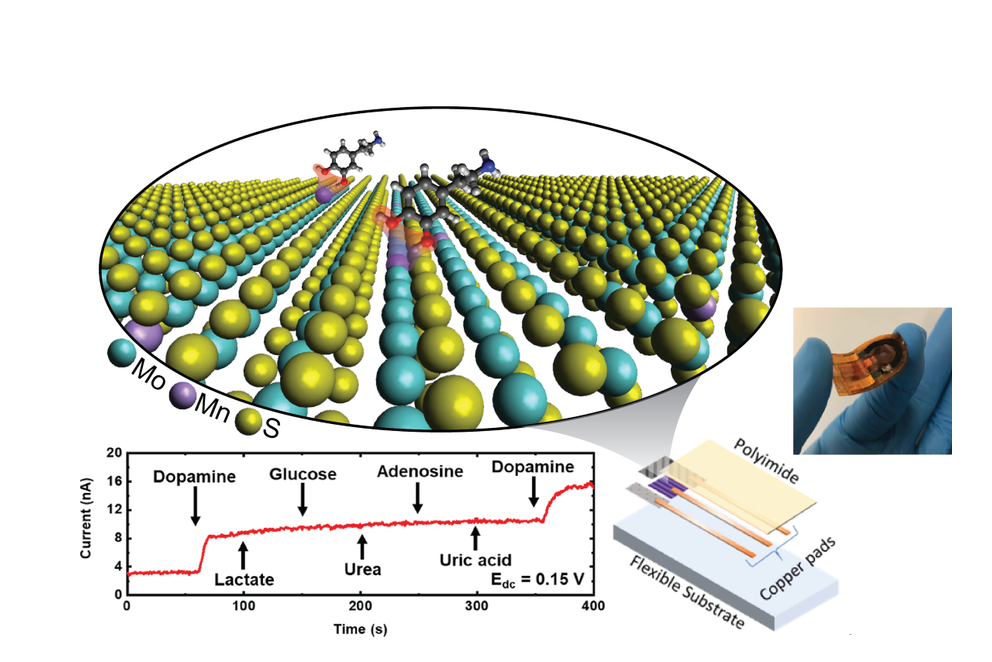Read the latest news about research conducted by investigators in the College of Earth and Mineral Sciences. Our faculty and students are continually advancing technology, creating solutions and expanding knowledge with new and innovative research.
News
The Center for Nanoscale Science, a National Science Foundation Materials Science and Engineering Center (MRSEC), has again successfully renewed its NSF support in the highly competitive MRSEC program. The new iteration of the center encompasses two of NSF’s Big Ideas — "Quantum Leap" and "Harnessing the Data Revolution."
Adding noise to enhance a weak signal is a sensing phenomenon common in the animal world but unusual in manmade sensors. Now Penn State researchers have added a small amount of background noise to enhance very weak signals in a light source too dim to sense.
A stretchable, wearable gas sensor for environmental sensing has been developed and tested by researchers at Penn State, Northeastern University and five universities in China.
Plant-based biofuels can play a key role in reducing greenhouse gas emissions and removing excess carbon dioxide from the atmosphere, and growing these crops in certain landscapes offers net climate benefits compared to other land use options, according to a team of international scientists.
In the search for a reliable, quick-charging, cold-weather battery for automobiles, a self-assembling, thin layer of electrochemically active molecules may be the solution, according to a team of researchers.
Plagues of locusts, containing millions of insects, fly across the sky to attack crops, but the individual insects do not collide with each other within these massive swarms. Now a team of engineers is creating a low-power collision detector that mimics the locust avoidance response and could help robots, drones and even self-driving cars avoid collisions.
In a field exercise, geosciences student Katie Reilly moved from point to point, analyzing surface geological formations, hoping to gain insight into the environmental conditions that formed portions of the Rocky Mountains.
Nita Bharti, Lloyd Huck Early Career Professor and assistant professor of biology at Penn State, and her collaborator Anthony Robinson, associate professor of geography at Penn State, have been awarded seed funding from the Huck Institutes of the Life Sciences at Penn State to study how monitoring the movement of people can potentially be used as a predictor or early indicator of COVID-19 transmission and guide health policy decisions.
The Department of Defense’s Defense Threat Reduction Agency (DTRA) has awarded a combined total of $51.1 million to two university research alliances to counter threats of destruction, with a specific focus on improving current and developing future warfighter technology.
A supersensitive dopamine detector can help in the early diagnosis of several disorders that result in too much or too little dopamine, according to a group led by Penn State and including Rensselaer Polytechnic Institute and universities in China and Japan.



